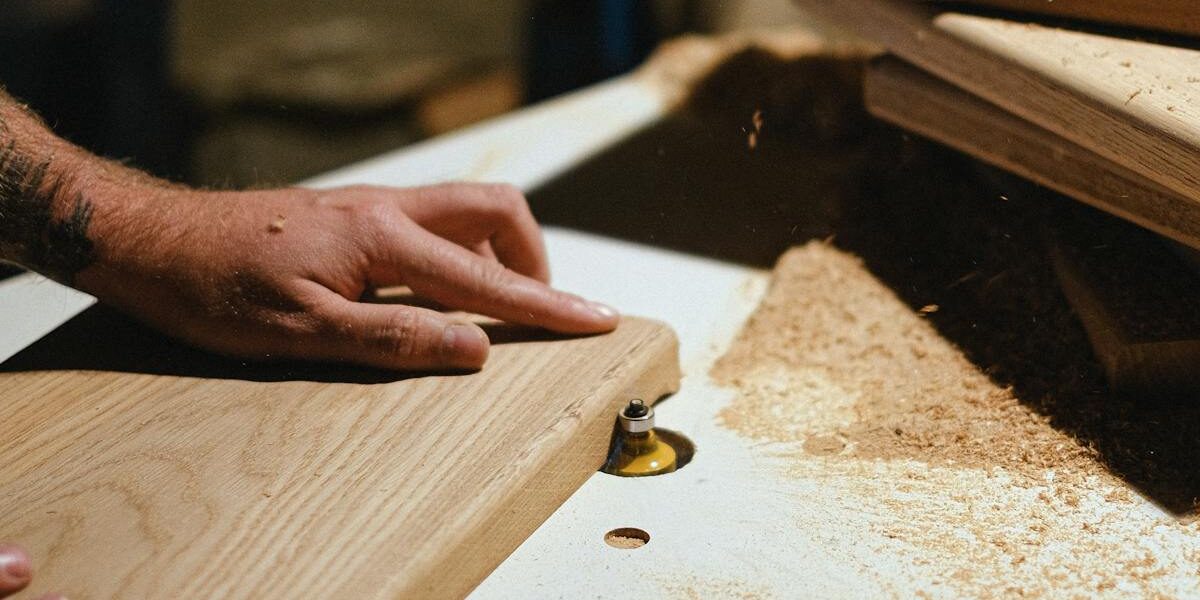What is Chip Carving?
Chip carving is a form of wood carving that involves removing small chips of wood from a single piece to create decorative patterns or images. This technique is often used to adorn furniture, boxes, panels, and other wooden objects.
History of Chip Carving
Chip carving dates back to ancient times. Evidence suggests that this technique was used by various cultures throughout history, including the Egyptians and Vikings. The method evolved over centuries, becoming particularly popular in Europe during the Middle Ages and Renaissance. In many regions, chip carving was a folk art passed down through generations.
Tools and Materials
The primary tool used in chip carving is the chip carving knife. These knives typically have a small, short blade and a comfortable handle. Some carvers also use gouges or chisels for specific cuts. The type of wood is crucial; basswood, butternut, and pine are common choices. These woods are relatively soft, making them easier to carve.
Basic Techniques
Chip carving relies on creating triangular or V-shaped cuts in the wood. These cuts are usually arranged in geometric patterns. The carver begins by drawing the design on the surface of the wood. Next, the carver makes careful incisions to remove precise chips. There are three basic cuts: the stop cut, the stab cut, and the sweep cut.
- Stop Cut: A cut made at the end of a line to stop the blade.
- Stab Cut: A straight, downward cut used to outline the design.
- Sweep Cut: A curved cut that connects the stab cuts and forms the design.
Creating a Design
Designs in chip carving can range from simple to complex. Beginners often start with basic geometric patterns. As they gain skill, they may try more intricate designs such as floral motifs or portraiture. Some chip carvers prefer to create their patterns, while others follow existing templates or patterns.
Sharpening and Maintenance
Keeping the chip carving knife sharp is essential for clean cuts and detailed work. Regular sharpening with honing stones or sharpening systems is necessary. Careful maintenance includes cleaning the blade and storing the tools properly to prevent damage.
Notable Chip Carvers
Several notable artisans have excelled in the field of chip carving. Wayne Barton is a well-known chip carver and author. His works and educational contributions have influenced many. Oldrich Fiala, a Czech carver, is another respected name. His exceptional craftsmanship showcases the potential of chip carving.
Practical Applications
Chip carving is not only a hobby but also has practical applications. Decorated objects like furniture, doors, and kitchenware often feature chip-carved designs. Small items such as coasters and keychains also benefit from this decorative technique.
Health and Safety
Like all forms of woodworking, chip carving requires attention to safety. Wearing a carving glove can prevent cuts and injuries. Proper lighting and a comfortable workspace reduce strain during long carving sessions. Always use sharp tools to avoid accidental slips.
Learning Resources
Many resources are available for learning chip carving. Books and online tutorials provide step-by-step instructions. Workshops and classes offer hands-on experience. Joining a carving club or community can also provide valuable support and feedback.
Common Mistakes and How to Avoid Them
Beginners often make a few common mistakes. Using dull tools can lead to jagged cuts. Applying too much force increases the risk of breaking the wood. It’s essential to practice basic cuts and gradually progress to more complex designs. Analyzing and learning from mistakes is a crucial part of the process.
Advanced Techniques
As carvers gain experience, they explore advanced techniques. Relief carving adds depth by varying the depth of the cuts. Combining chip carving with other forms of woodwork, such as pyrography or painting, creates mixed-media pieces. Experimenting with different woods and finishes can also yield unique results.
The Cultural Significance
Chip carving holds cultural significance in many regions. In Switzerland and Germany, it is part of traditional folk art. Scandinavian countries also have a rich history of chip-carved decorations. Understanding the cultural context adds an extra layer of appreciation for this art form.
Sustainability and Chip Carving
Using sustainably sourced wood is increasingly important. Many carvers prioritize eco-friendly practices. Reusing and recycling wood, choosing non-toxic finishes, and minimizing waste contribute to a more sustainable approach to chip carving.




Subscribe for Updates
Get the latest articles delivered to your inbox.
We respect your privacy. Unsubscribe anytime.